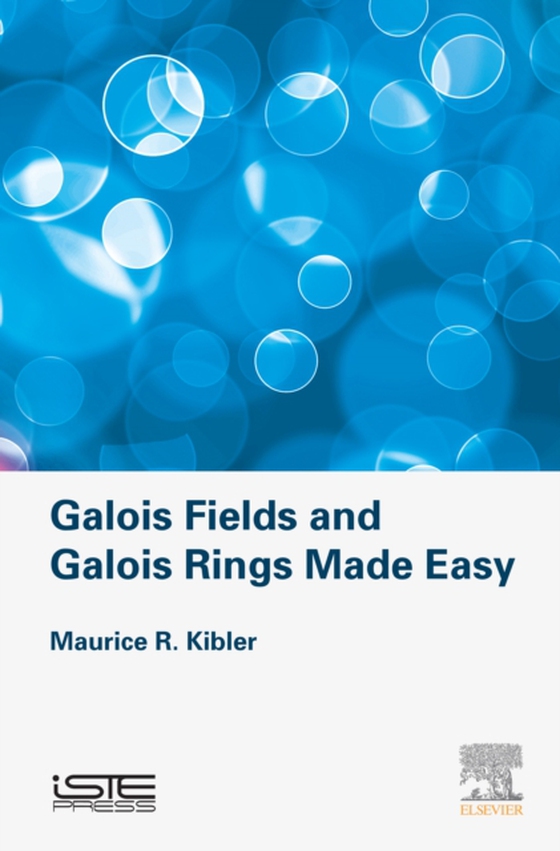
Galois Fields and Galois Rings Made Easy e-bog
1094,57 DKK
(inkl. moms 1368,21 DKK)
This book constitutes an elementary introduction to rings and fields, in particular Galois rings and Galois fields, with regard to their application to the theory of quantum information, a field at the crossroads of quantum physics, discrete mathematics and informatics.The existing literature on rings and fields is primarily mathematical. There are a great number of excellent books on the theor...
E-bog
1094,57 DKK
Forlag
ISTE Press - Elsevier
Udgivet
22 september 2017
Længde
270 sider
Genrer
PBF
Sprog
English
Format
epub
Beskyttelse
LCP
ISBN
9780081023518
This book constitutes an elementary introduction to rings and fields, in particular Galois rings and Galois fields, with regard to their application to the theory of quantum information, a field at the crossroads of quantum physics, discrete mathematics and informatics.The existing literature on rings and fields is primarily mathematical. There are a great number of excellent books on the theory of rings and fields written by and for mathematicians, but these can be difficult for physicists and chemists to access.This book offers an introduction to rings and fields with numerous examples. It contains an application to the construction of mutually unbiased bases of pivotal importance in quantum information. It is intended for graduate and undergraduate students and researchers in physics, mathematical physics and quantum chemistry (especially in the domains of advanced quantum mechanics, quantum optics, quantum information theory, classical and quantum computing, and computer engineering).Although the book is not written for mathematicians, given the large number of examples discussed, it may also be of interest to undergraduate students in mathematics. Contains numerous examples that accompany the text Includes an important chapter on mutually unbiased bases Helps physicists and theoretical chemists understand this area of mathematics
 Dansk
Dansk

